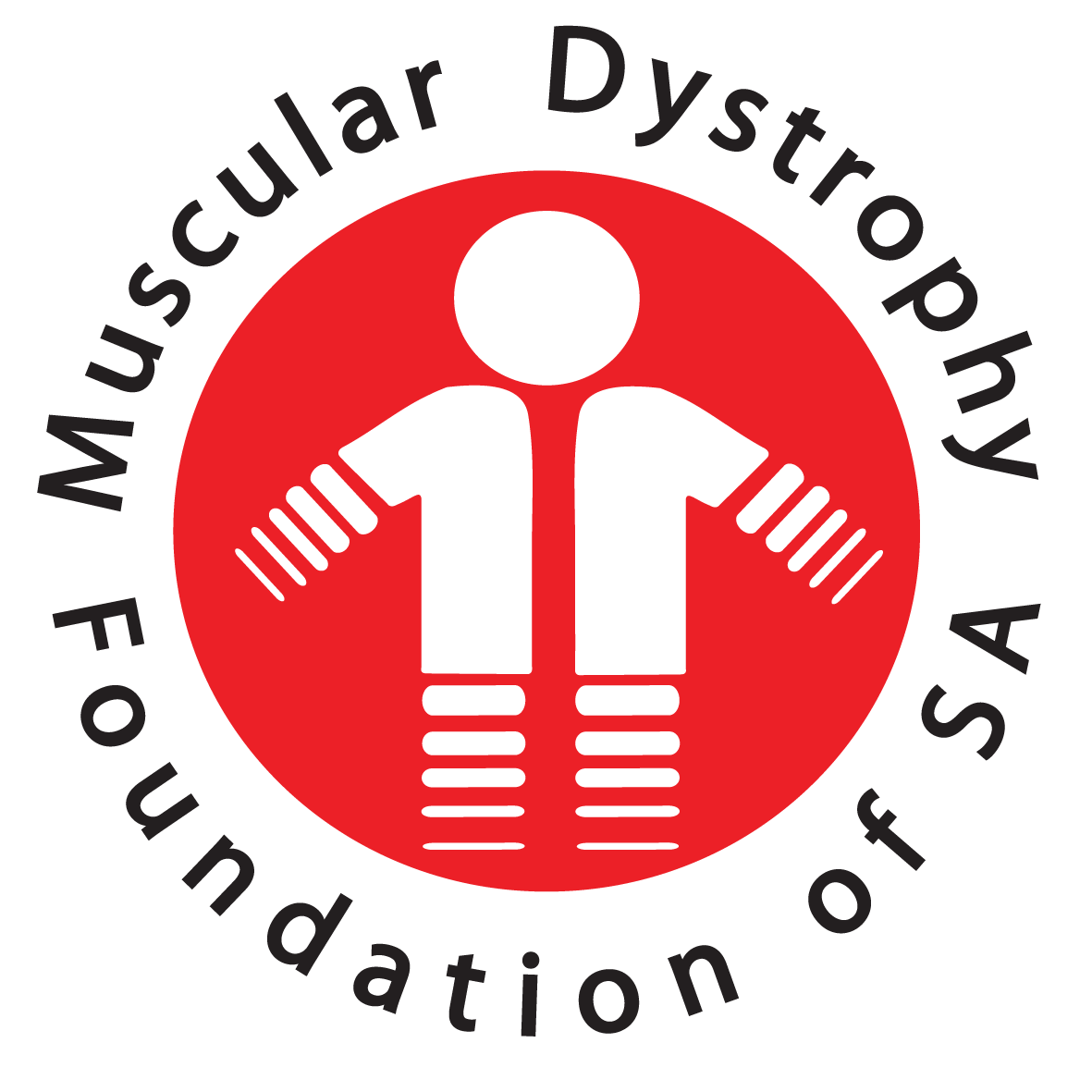Friedreich's Ataxia
Fact Sheet # 08
Is Friedreich’s Ataxia also known by other names?
No, only the name Friedreich's Ataxia is used.
What is Friedreich’s Ataxia?
This is a slowly progressive disorder of the nervous system of the young, causing an inability to co-ordinate voluntary muscle movements. It is an inherited condition and there is slow, progressive loss of function of the parts of the nervous system that control co-ordination, and to a lesser extent, sensation and strength. The condition usually begins in childhood or adolescence, especially between the ages of 8 and 15, but it can also begin at birth.
What causes Friedreich’s Ataxia?
There is degeneration in certain specific regions of the spinal cord and peripheral nerves. The degeneration characteristically proceeds from the distal portions of the nerve fibres to the cell bodies. Additional lesions may be found in the brain stem. Intelligence and the special senses are unimpaired. Friedreich's Ataxia is due to a fault, or mutation, in the DNA.
What are the symptoms?
Initial weakness and unsteadiness of the legs results in difficulties in standing and walking and are usually followed by uncoordinated movements of the arms and hands. Friedreich’s Ataxia symptoms usually start when a child is between the ages of 7 and 15 years. Weakness in the legs causes staggering and lurching while walking, as well as tremulous unsteadiness when standing. Clumsiness, weakness and trembling of the arms and hands cause difficulty in writing and other manipulative tasks. There is also an absence of tendon reflexes. There are curvatures in the feet and spine. Abnormalities of the heart occasionally require treatment. However, many individuals may not require heart treatment for many years or even several decades. Some individuals may develop diabetes, and a few individuals develop problems with their vision or hearing.
Which muscles are affected?
The disorder is slowly progressive, usually resulting in an inability to walk within eight to ten years following onset of symptoms. During the course of the disorder, leg muscles continue to weaken, but with the aid of a wheelchair, affected individuals can maintain general independence for a considerable time. As arms and hands become increasingly uncoordinated, the individual may experience difficulty in self-feeding and, as the disorder advances, handwriting and articulation may become progressively difficult.
How is Friedreich’s Ataxia inherited?
The disorder is generally inherited as an autosomal recessive trait. This implies that an affected child has inherited two copies of the faulty gene (one from each parent). In autosomal recessive disorders, each child has a 25% chance of being affected. In very rare cases the disorder may also be transmitted through an autosomal dominant mode of inheritance. Here the one copy of the faulty gene (inherited from either parent) is sufficient to cause Friedreich's Ataxia. In dominant inheritance each child has a 50% chance of inheriting the disorder. As this is a genetic condition, genetic counselling is strongly recommended. Genetic counselling provides information on the inheritance pattern, risks to other family members, prognosis, psycho-social support, as well as information about diagnostic testing, carrier testing, preclinical and prenatal testing (where available).
How is Friedreich’s Ataxia diagnosed?
The diagnosis is mainly done on the clinical level, by evaluation of the symptoms. However, the diagnosis can now be confirmed in most patients by using a blood test. It is also possible to identify carriers of the faulty gene on a molecular level (DNA).
Is there a cure?
No, unfortunately there is no cure for Friedreich's Ataxia at the moment.
Is there any treatment?
Although at this time there is no therapy to alter the progression of the disorder, orthopaedic aids and appliances may be prescribed to assist affected individuals and their families.
Is there risk during anaesthesia?
Due to possible heart problems that may exist, surgery is a risk and should be discussed with a neurologist and cardiologist. It is always recommended that the presence of a muscular disorder be mentioned to your doctor.
Has research been conducted on Friedrich’s Ataxia in South Africa?
Yes, research is performed at the University of Stellenbosch, where scientists are trying to find the cause of this disorder in the South African population.
Please contact your local MDF branchfor further information.
Please note: The treatments and drugs mentioned in this fact sheet are for information purposes ONLY. Please consult your physician or other health care specialist for information regarding the use of any of the above. The MDF encourages duplication of this fact sheet, under the following condition: that it is duplicated in its entirety - including the MDF logo and full text. Only individuals authorised by the MDF may make changes to this fact sheet (the information "updated by" and "last update" should be completed). Alterations to this fact sheet by any other party are strictly prohibited.
This fact sheet was adapted from the following source(s): Fact sheet(s) of the Muscular Dystrophy Group of Great Britain and Northern Ireland.
Compiled by: MDF-Gauteng Branch Updated by: MDF-Gauteng Branch
Approved and Released by: National Office of the MDF Last update: 30 May 2000
